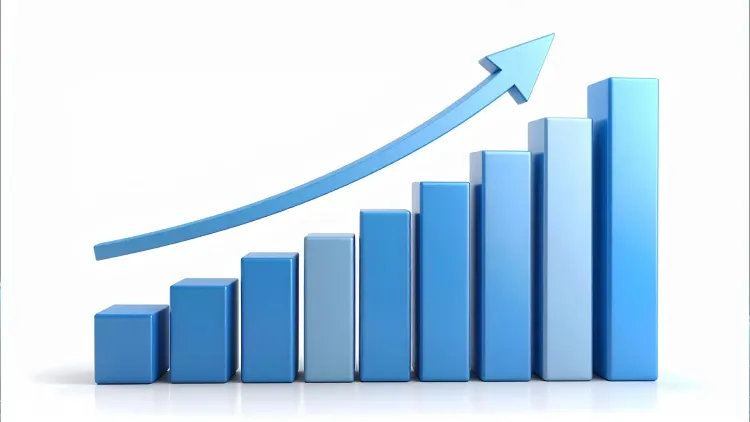Is Asia Driving the Global Manufacturing Recovery with India Leading the Charge?

Synopsis
Key Takeaways
- India's manufacturing PMI reaches 59.2, showing strong growth.
- Asia’s PMI (excluding China and Japan) hits a 14-month high.
- Thailand and Vietnam report significant PMI improvements.
- A reading above 50 indicates economic expansion.
- Continued growth is expected if new orders rise.
New Delhi, Nov 5 (NationPress) The global manufacturing sector saw a notable surge in activity during October, primarily fueled by robust growth in Asian economies. India, Thailand, and Vietnam have exhibited remarkable advancements, according to a report released on Wednesday.
India has once again secured its position at the top of global manufacturing rankings, with the HSBC manufacturing PMI rising to 59.2 in October from 57.7 in September, a shift attributed to festive demand and the rationalization of GST rates, as per data from S&P Global.
S&P Global's data revealed that Asia’s manufacturing PMI (excluding China and Japan) soared to a 14-month high of 52.7, indicating a strengthening recovery path despite ongoing trade tensions and geopolitical uncertainties.
According to Chris Williamson, chief business economist at S&P Global Market Intelligence, Thailand recorded its highest PMI level since May 2023, while Vietnam noted its peak since July 2024, as producers in these nations reported easing concerns over US tariffs.
Thailand’s PMI rose to 56.6 from 54.6, while Vietnam's increased to 54.5 from 50.4, driven by a resurgence in new orders and export demand.
Focusing on India, firms reported that the index has surpassed 58 for the fifth time in seven months, underscoring the sector’s resilience against global challenges.
The uptick was fueled by faster growth in new orders and factory output at the start of the third financial quarter, bolstered by increased advertising and recent GST reforms, the report outlined.
A reading above 50 signifies economic expansion, whereas a score below 50 indicates contraction in manufacturing, services, or construction sectors.
China's PMI dipped to 50.6 from 51.2, impacted by declining export orders, while both the US and Eurozone showed moderate expansion or flat conditions, with US PMI increasing to 52.5 and Eurozone at 50.
“If new orders continue to rise sharply as observed in the latest survey, and price pressures remain low, we can anticipate the ASEAN manufacturing sector maintaining its current growth pace as we approach the year's end,” stated Maryam Baluch, economist at S&P Global Market Intelligence regarding ASEAN manufacturers.









